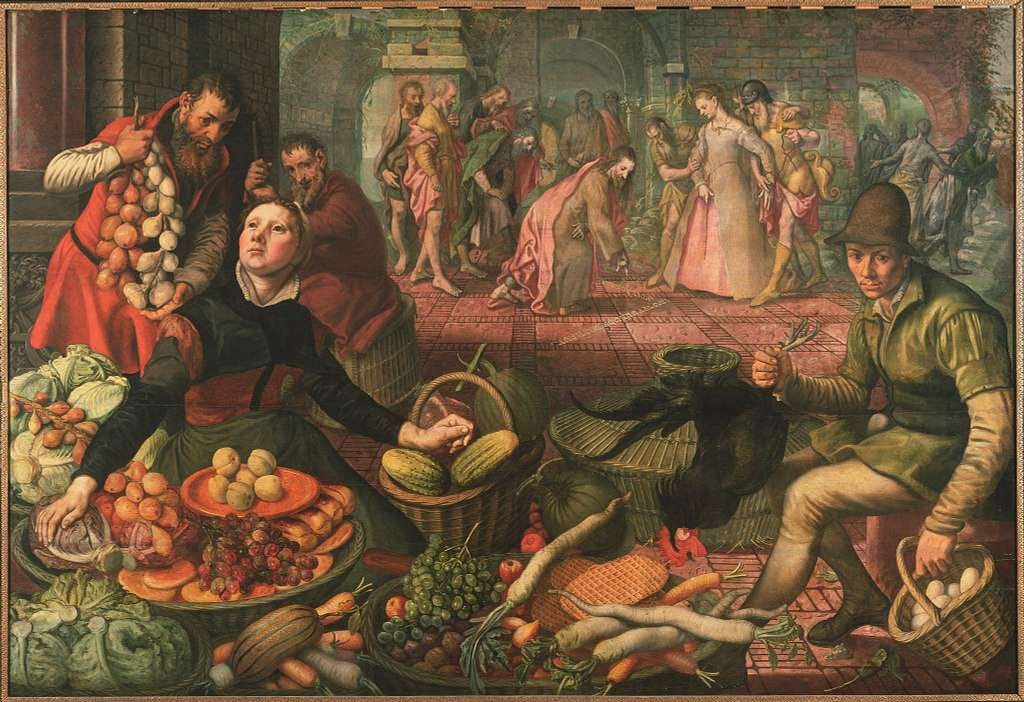Introduction
Jesus began his mission in the waters of the Jordan River. He urged people to repent, to turn back to God, and to be baptised to show that they wanted to believe the Good News. The Holy Spirit took up residence in all who accepted his invitation. Their lives were transformed.
God’s forgiveness empowers people to achieve great things with their lives. This happens only when people accept that “it is not I but Christ who lives in me” (cf. Galatians 2:20), that is, when they willingly submit to being Christ’s instruments of salvation.
The story of the first Pentecost (Acts 2:1-11) is a powerful illustration of the work of the Holy Spirit, who transforms the lives of the Apostles and stirs in thousands gathered in Jerusalem the desire to serve God. The work of spreading the Gospel can be achieved only through the Holy Spirit.
It is important to note that this action of the Holy Spirit comes only after the suffering, death and resurrection of Jesus. Jesus tells his followers - and the whole world - that this has to happen so that sin and death can no longer hold sway over creation.
The action-reflection model (See, Judge, Act) used to structure this Gospel Enquiry is just a way of working in harmony with the Holy Spirit. The transformation that is offered to the scribes and Pharisees, to the woman caught in adultery, and to us as we reflect on the meaning of the story, will happen only through the willing acceptance of the Holy Spirit.
During this fifth week of Lent, we have the opportunity to reflect on the opportunities God gives us to turn our backs on sin and take up our cross daily in the name of Jesus.
The Gospel
Jesus went to the Mount of Olives. At daybreak he appeared in the Temple again; and as all the people came to him, he sat down and began to teach them. The scribes and Pharisees brought a woman who had been caught committing adultery; and making her stand there in full view of everybody, they said to Jesus, “Master, this woman was caught in the very act of committing adultery, and Moses has ordered us in the Law to condemn women like this to death by stoning. What have you to say?” They asked him this as a test, looking for something to use against him. But Jesus bent down and started writing on the ground with his finger. As they persisted with their question, he looked up and said, “If there is one of you who has not sinned, let him be the first to throw a stone at her.” Then he bent down and wrote on the ground again. When they heard this they went away, one by one, beginning with the eldest until Jesus was left alone with the woman, who remained standing there. He looked up and said, “Woman, where are they? Has no one condemned you?” “No one, sir.” she replied. “Neither do I condemn you,” said Jesus, “go away, and don’t sin any more.” (John 8:1-11).
The Enquiry
See
Make a list of the qualities you discover in Jesus through examining his actions. Identify the underlying motive for his actions.
Make a list of the qualities you discover in the scribes and Pharisees as you reflect on their actions.
What does the woman’s story teach us about condemnation and the part that God seeks to play in the lives of those condemned as sinners?
Judge
What is your reaction to this event in Jesus’ life?
Ideally, how should people caught sinning be treated by others, particularly those with power and influence?
How are you being challenged to change by what Jesus says and does in this Gospel event?
Act
What do you want to change in the world so that people and society can be transformed in the way God intends?
What small action can you take over the next week or two (or more), that will lead to this transformation?
Who can you involve in your action, when, where and how often?
Image Source: Pieter Aertsen (Creator), Sixteenth century painting: Christ and the Woman taken in Adultery, National Museum, Stockholm, Picryl, public domain photograph.


